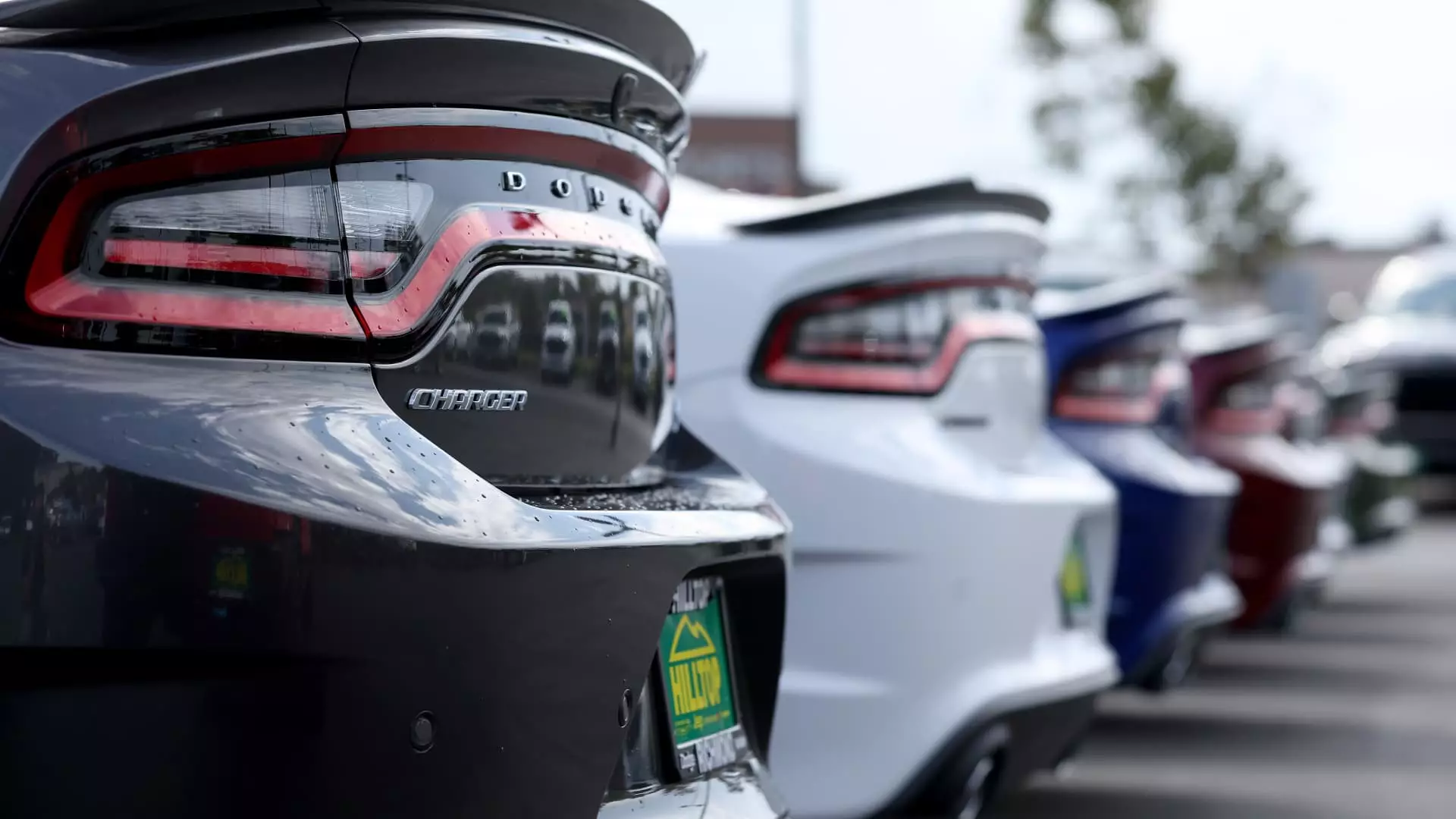The European automotive industry wakes up to a new reality marked by significant profit warnings and substantial stock drops, as major players like Stellantis and Aston Martin communicate underwhelming performance expectations. This phenomenon not only reveals the underlying challenges these companies face but also underscores the turbulent market conditions exacerbated by fierce competition and economic uncertainties in pivotal markets such as China.
Stellantis, a conglomerate that unites well-known brands such as Jeep, Chrysler, and Maserati, lowered its annual guidance for 2024, forecasting a lukewarm adjusted operating income (AOI) margin of 5.5% to 7.0%. This adjustment reflects a stark contrast to their initial optimistic projections, which hinted at a double-digit margin. The company attributed its revised outlook to deteriorating global industry dynamics marked by increased competition from Chinese automakers and a growing inventory challenge. Furthermore, Stellantis anticipated that sales would decline across most regions in the latter half of the year, thereby challenging their market positioning.
The forecast for industrial free cash flow has similarly taken a hit, with expectations tumbling down from previously positive figures into negative territory. This downturn is linked to what the company describes as “higher working capital” needs and shifting performance strategies for their North American operations. The firm has faced scrutiny and discontent from shareholders and dealers, with some claiming that poor communication and decision-making contributed to the alarming sales slump. Such internal strife complicates the already daunting external landscape for Stellantis.
While Stellantis encapsulates the challenges faced by mainstream automakers, Aston Martin’s plight reflects the unique vulnerabilities of luxury brands. This storied marque, famous for its association with the James Bond film franchise, has reported a cut in both profit margins and production targets due to ongoing supply chain disruptions and a sluggish macroeconomic environment in China, which has historically served as a vital market for premium vehicles. Accordingly, Aston Martin has revised down its earnings before interest, taxes, depreciation, and amortization (EBITDA) forecasts for 2024, indicating a decrease below previous levels.
Stock performance related to Aston Martin mirrors that of Stellantis, plunging sharply by approximately 23% in a single trading session. With forecasts of failing to achieve positive free cash flow in the second half of the fiscal year, and diminishing gross margins, the luxury automaker’s situation serves as a warning of turbulent waters ahead, even for brands that have historically thrived on exclusivity and desirability.
These recent developments are not isolated incidents but rather part of a larger narrative affecting all European car manufacturers. Volkswagen, one of the industry giants, recently downgraded its annual outlook as well, which emphasizes the growing difficulties that European firms face in adapting to a landscape increasingly characterized by the rise of electric vehicle (EV) manufacturers within China, which is said to be aggressively expanding into European markets.
The transition to EVs presents a dual challenge for European automakers: on one hand, they must pivot from internal combustion engines towards electric technologies, all while countering an overabundance of supply (which has led to declining sales figures) and facing fierce competition. ING analysts have observed that overall new car sales have yet to bounce back to pre-pandemic levels within Europe, further squelching the hopes of recovery in this important market.
The recent profit warnings issued by Stellantis, Aston Martin, and Volkswagen paint a concerning picture of the state of the European automotive industry. As these carmakers wrestle with diminished earnings projections, intensified competition from international players, and shifting market dynamics, the road ahead appears fraught with difficulties.
Industry stakeholders must remain vigilant and adaptable, embracing innovative solutions to survive these challenging times. Whether responding to consumer demands for more sustainable vehicle options or reevaluating operational strategies amid a backdrop of economic instability, the future of European automotive manufacturing will rely heavily on how effectively these companies can pivot in response to an ever-evolving market landscape. The challenges may be daunting, but they also present opportunities for growth and transformation—if embraced with foresight and agility.

